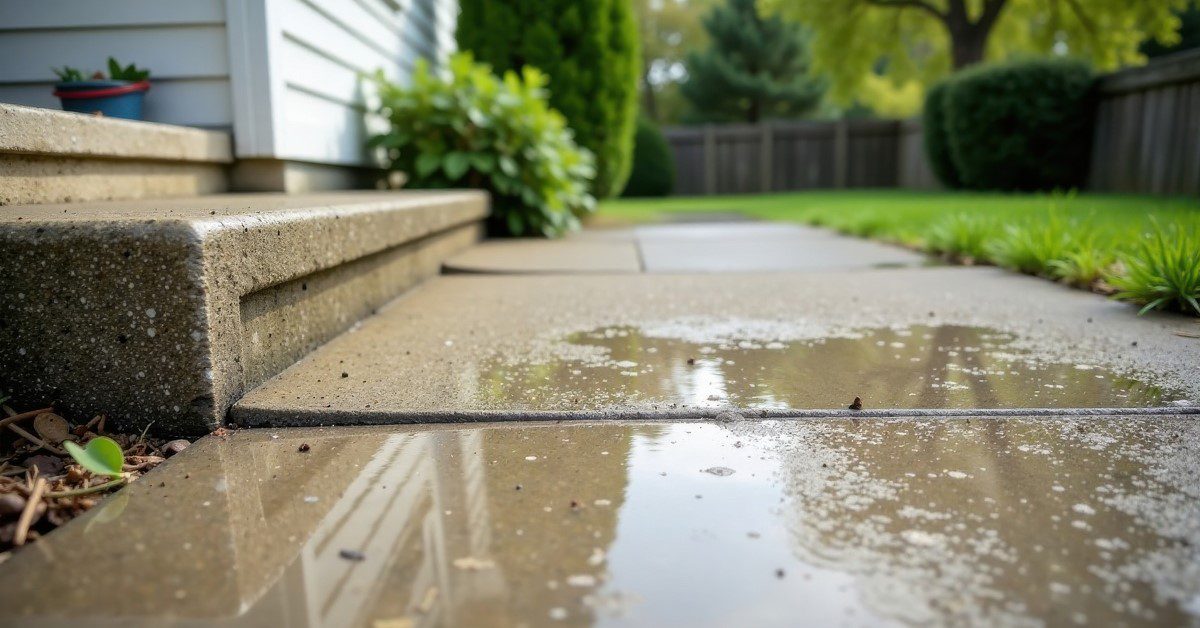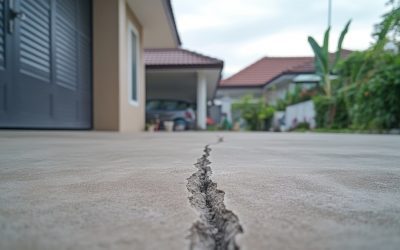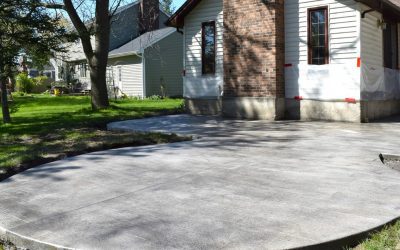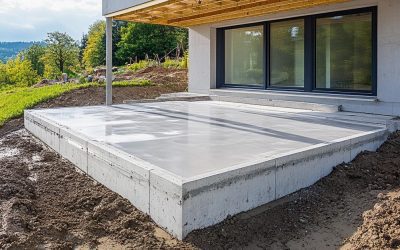Concrete is the backbone of your property’s structure — from driveways to foundations — and it’s built to last. But even this durable material has its vulnerabilities, especially when exposed to the elements. In a climate like Pittsburgh’s, with its humid summers, heavy rainfall, and freeze-thaw winters, weather can take a serious toll on concrete over time.
Still, concrete remains the most dependable, cost-effective, and weather-resistant choice — if it’s installed and maintained properly. Let’s walk through how weather affects concrete, the warning signs of damage, and how to protect your investment.
How Weather Influences Concrete Structures
Weather has a major say in how long concrete lasts and how well it performs. Pouring concrete without accounting for temperature, moisture, or seasonal timing can set you up for cracks, crumbling, and costly repairs.
For example, one Pittsburgh homeowner poured a new sidewalk in late fall without sealing it before the first frost. By spring, the surface was spalling and needed patching. These situations are preventable — with the right timing, techniques, and materials.
Temperature Fluctuations and Their Impact
Concrete is sensitive to both heat and cold:
- Hot weather: High temps accelerate curing, leading to shrinkage and surface cracks. Pouring during cooler hours and using retarding agents can help control this.
- Cold weather: Cold slows curing and risks freeze-thaw damage. If the temperature drops before the mix sets, internal moisture freezes and expands, weakening the concrete from within.
Moisture, Rain, and Humidity Effects
Water is essential to the concrete mix — but too much of it during the pour or curing stage can be destructive.
- Rain and humidity delay drying and weaken the surface, leaving it prone to imprints and erosion.
- Persistent moisture invites mold and mildew, particularly in shaded areas. This impacts both the appearance and the structure.
Seasonal and Environmental Influences
Winter is especially hard on concrete:
- Freeze-thaw cycles cause expansion and contraction in trapped water, which leads to cracking, scaling, and spalling.
- Deicing salts and pollutants (like car exhaust or road grime) chemically degrade the concrete surface.
City dwellers and those in snow-heavy areas should be especially proactive.
Common Weather-Related Concrete Problems
While concrete is tough, it’s not immune. Recognizing problems early makes them easier — and cheaper — to fix.
Cracking and Shrinkage
Cracks are a common sight — and they usually come from shifting temperatures to poor curing condition. Heat causes rapid drying and shrinkage; freezing temperatures cause expansion. Both lead to stress fractures across the surface.
Surface Scaling and Spalling
Scaling (flaking) and spalling (pitting or breaking) occur when moisture penetrates the surface and freezes. These cosmetic issues can lead to more serious structural problems if ignored.
Discoloration and Staining
Blotchy surfaces or patchy colors may appear due to uneven curing or sudden rainfall. Environmental staining from leaves, oil, or rust is also common. These are more than aesthetic issues — they can signal water retention and mold buildup.
Preventing and Minimizing Weather Damage to Concrete
You can’t control Pittsburgh’s unpredictable weather, but you can control how your concrete is prepared and maintained. These best practices help you stay ahead of the damage.
Best Practices for Pouring in Different Weather Conditions
Plan your project with the forecast in mind:
- In heat: Pour in the early morning or late evening. Use mixes with retarding agents and keep the surface covered with damp burlap or plastic.
- In cold: Warm your mix water and use insulating blankets or enclosures to keep curing steady. Avoid pouring below 40°F.
- In rain: If you must pour during wet conditions, use tarps or temporary tents. Water-reducing agents can help the mix resist excess moisture.
Protective Measures and Maintenance Tips
Ongoing care keeps small issues from becoming big repairs:
- Sealants and coatings: Use breathable sealants every 3-6 years to prevent water penetration and surface staining.
- Inspections: Walk your property each season. Address cracks, drainage problems, or signs of mold immediately.
- Cleaning: Power wash annually to remove grime and contaminants that break down surface protection.
Repair Options for Weather-Damaged Concrete
Even well-maintained concrete can show signs of wear over time — especially after exposure to extreme weather. The good news is, most damage doesn’t require a full replacement. Here are the most common repair approaches based on the severity of the issue.
- Small cracks: Fill with flexible concrete caulk or injection kits.
- Pitting or scaling: Patch with resurfacing compounds designed for exterior use.
- Widespread damage: Hire a concrete professional to assess and correct major structural issues like sinking or widespread cracking.
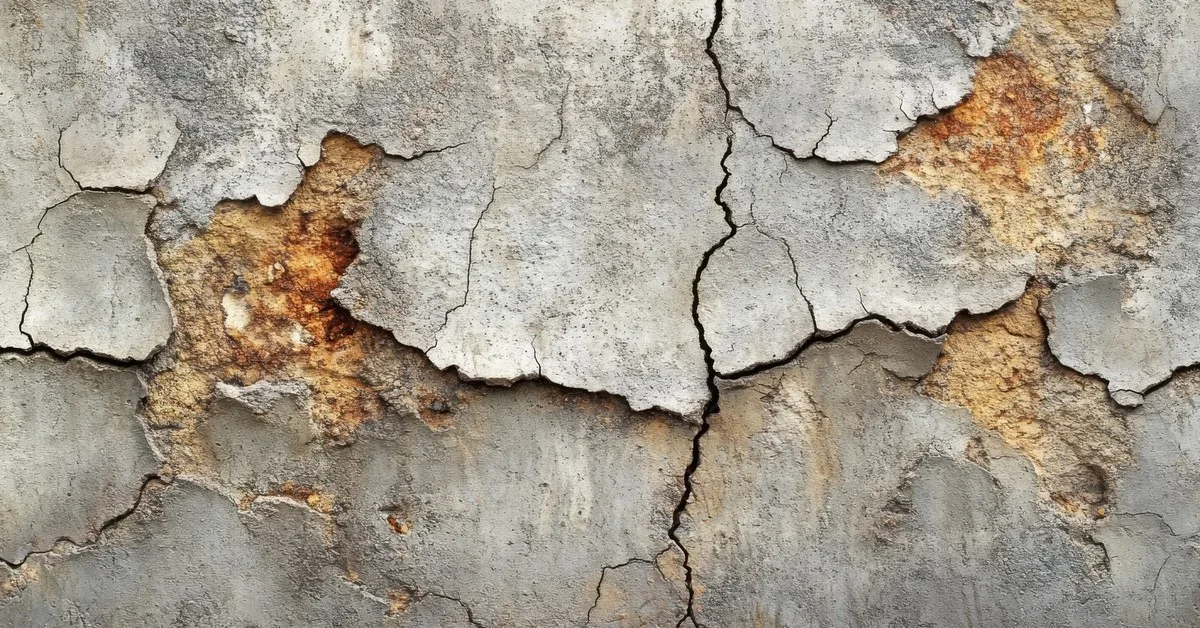
Why Concrete Still Outperforms Other Materials in All Climates
Despite its vulnerabilities, concrete continues to outperform alternatives like asphalt, pavers, or gravel around the Pittsburgh area due to its:
- Strength and durability: With proper installation, concrete can last 30–50 years or more.
- Low maintenance: Regular sealing and cleaning are all that’s needed to keep it looking and performing well.
- Custom finishes: From stamped designs to colored concrete, it offers both function and curb appeal.
- Cost-effective over time: While initial installation may be higher than asphalt or gravel, concrete’s longevity and lower maintenance make it the more economical choice long term.
Choosing the Right Concrete Contractor
Hiring the right concrete contractor in Pittsburgh is just as important as using the right materials. An experienced concrete pro will:
- Understand our local climate challenges
- Use the correct mix and reinforcement for your project
- Implement proper curing techniques for the season
- Offer maintenance advice tailored to your surface type
Ask for references, verify licensing and insurance, and don’t be afraid to ask how they handle weather-related variables. This step alone can save you thousands in repairs.
Frequently Asked Questions (FAQs)
How does extreme heat affect freshly poured concrete?
It causes rapid curing and shrinkage, leading to cracks and reduced strength. Shade and retarding agents help control it.
Can freezing temperatures damage cured concrete?
Yes — water can still enter surface pores and freeze, causing expansion, cracking, and flaking if unsealed.
How can I protect outdoor concrete from rain?
Apply a waterproof sealant and ensure proper drainage. Promptly fill small cracks to prevent water intrusion.
How often should I reseal concrete?
Every 2–3 years, or sooner if water stops beading on the surface or you see discoloration or absorption.
Are there special mixes for extreme weather?
Yes. Air-entrained mixes are great for freeze-thaw regions. Additives can also boost performance in hot, dry climates.
What are signs of weather-related damage?
Look for cracks, uneven surfaces, discoloration, mold, or chipping. These signal the need for repairs.
Choosing the Best Driveway Material for Your Needs
When it comes to long-term durability, strength, and curb appeal, concrete is hard to beat — especially in a region like Pittsburgh with challenging weather. While it requires smart planning and periodic care, concrete offers superior performance across every season.
Whether you’re building a new patio, fixing a worn-out sidewalk, or planning a driveway upgrade, investing in quality concrete and proactive maintenance pays off for decades. And when you work with a knowledgeable contractor who understands your climate, you’re not just pouring concrete — you’re building peace of mind.

